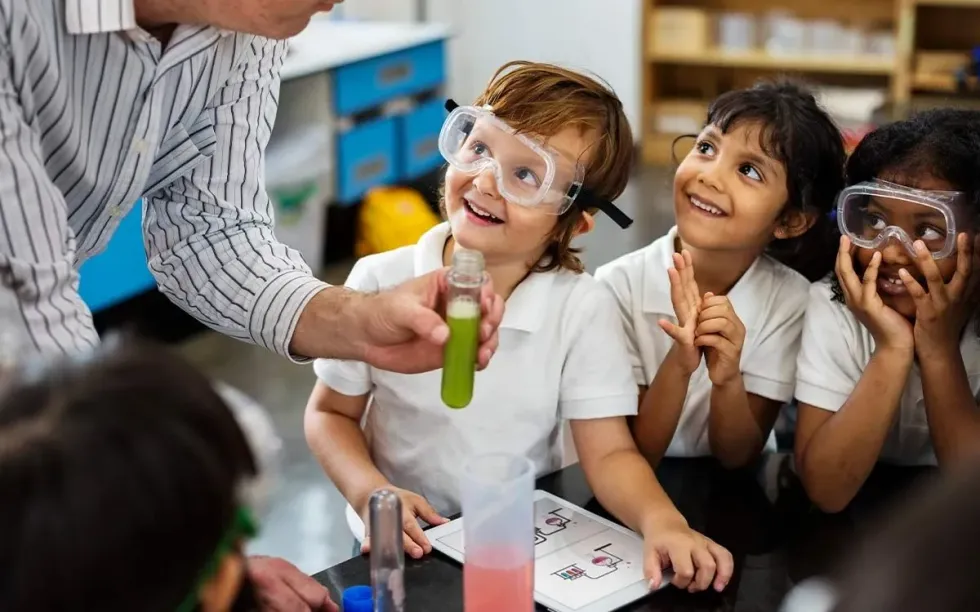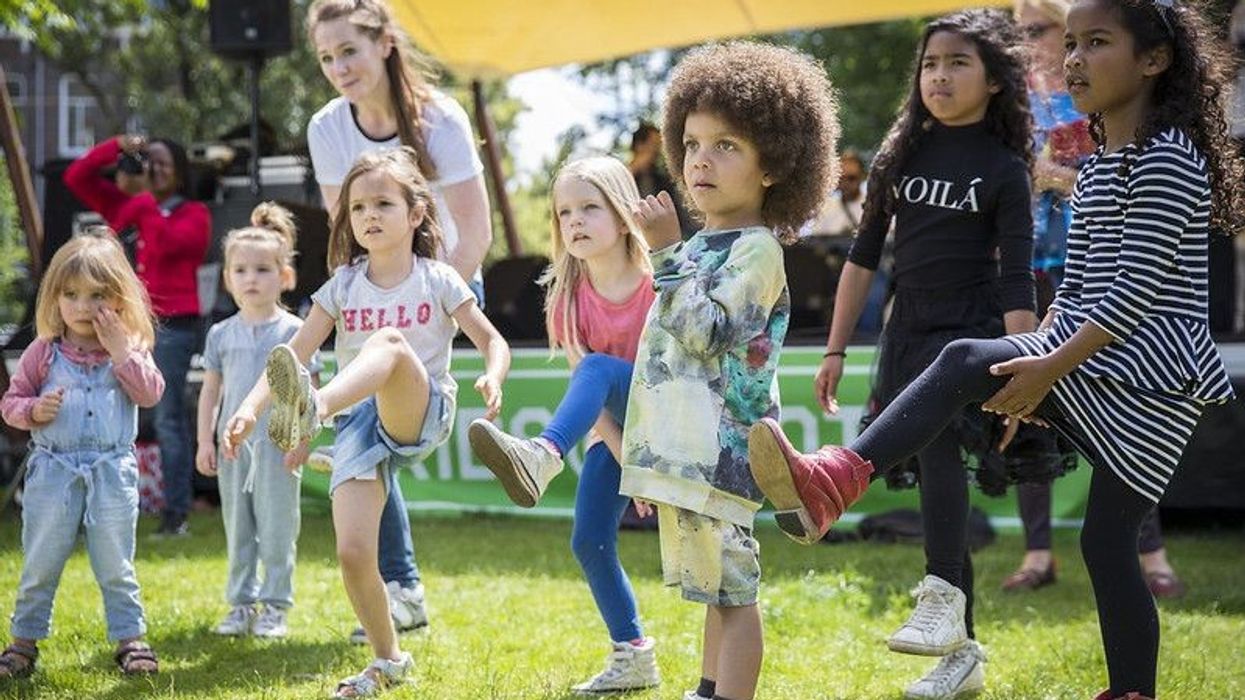Image © rawpixel.com, under a Creative Commons license.
In KS2, kids discover matter, and the three ways we experience it on Earth.
The 'three states of matter' - solids, liquids and gases - are used throughout science education. In Key Stage 2, we explore what they are and how they change!
Year 4 teaches us how to define these three states, and how to move between them. Year 5 builds on this, learning about reversible changes, irreversible changes, and solutions. There are a lot of fun, practical investigations for exploring states with your child through KS2 - and some tasty experiments too!
Let's look at the properties of each state in turn. We'll be using 'volume', 'mass' and 'shape', so check that your child understands those terms first.
What Is A Solid?

Image © joaquincorbalan, under a Creative Commons license.
A solid is an object with a definite shape. The particles in a solid are tightly packed together, and cannot move about. A solid's mass and volume do not change.
Solids can be hard, like stone or wood, but toys and flowers are also solids!
Try It:
- What's a solid you use every day?
- Imagine you're at the sea-side. What solids can you see?
What Is A Liquid?

Image © freepik, under a Creative Commons license.
Liquids change shape and flow to fit their containers. The particles inside a liquid are spaced out, and can move around easily. However, liquids maintain the same mass and volume, whatever shape they take.
Try It:
- Pour a drink into a glass, and see what shape it takes. Then pour the same liquid into other containers - how does it change shape?
- With food dye or a tea bag, see how colours can move through water.
- What's the thickest liquid you know?
What Is A Gas?

Image © dashu83, under a Creative Commons license.
Gases have a definite mass, but, unlike solids and liquids, can alter both shape and volume. Gas particles will continue spreading outwards until they are restricted by a container. When a gas is contained, it will fill the space in all directions.
Gases are often invisible, like the gases in the air we breathe. Some can be seen, however: fizzy drinks have gas bubbles, and fire combines several gases at high temperatures.
Try It:
- Blow up balloons - the air will fill the balloon in all directions.
- Set up candles, using suitable holders (with parental supervision). From a safe distance, observe different colours in the candle flame, as different gases and chemicals burn. Blow on the flame to put it out. The carbon dioxide in your breath pushes oxygen in the air away from the flame, and, without oxygen, the flame dies.
Did You Kow? There is a group of elements on the periodic table called Halogens, the Group 7 elements. This is a family of five elements which contains all three states of matter within it - solids (Iodine and Astatine), liquids (Bromine) and gases (Fluorine and Chlorine).
How Do Solids, Liquids And Gases Change State?
Matter usually changes state through a change in temperature. The easiest substance to observe this with is water, as we experience water in all three states in everyday life.
1. As a solid, we know water as ice.
2. As a liquid, water is found in the sea and in rain.
3. As a gas, water vapour is invisible, but is in the air around us.
To become ice or vapour, water must undergo a change in temperature.
Water will start to turn solid at zero degrees Celsius. We call this freezing - the water particles move closer together, becoming solid ice.
If ice is warmed up, to above zero degrees Celsius, it will start to melt: the particles will move apart, and the solid will turn back into liquid.
This is a problem we have with ice cream on hot days - the particles in the ice cream move apart as they warm up, and the ice cream cannot hold its shape!
To create water vapour, we need to add heat. Heat energises the particles, and they move so far apart that they become gas. This is known as evaporation.
If water vapour is cooled, the particles lose energy, and collect to form liquid water. If this happens in mid-air, we call it a cloud, or rain if the water droplets are heavy. But we also call this condensation, especially when water vapour is cooled through contact with a cold surface, like a window.
This cycle between ice, water and vapour gives us four keywords to use in Year 4:
- freezing
- melting
- evaporation
- condensation
Try It:
- Freeze your own ice lollies: fill a clean yoghurt pot with juice or squash. Balance a lolly stick in the centre of the liquid, and place it carefully upright in the freezer overnight.
- To remove the lolly from the yoghurt pot, run warm water around the outside - as the lolly starts to melt, the yoghurt pot will be released.
- Look out for rainy days - where in the sky is the condensation heaviest?
Reversible And Irreversible Change
In Year 5, we learn that some changes of state are reversible, and some are irreversible.
Reversible change is easily demonstrated by water, but you can also experiment with chocolate!
Irreversible change means the original substance transforms into a new substance, and the original substance cannot be retrieved. Examples include burning wood, cooking eggs, or mixing two reactive substances together, like bicarbonate of soda and vinegar.
Try It:
- Sprinkle bicarbonate of soda onto a baking sheet or similar - protect the surrounding area as needed. Use food colouring on the powder if you wish, then add small drops of vinegar for a fizzy reaction!
- With supervision, encourage your child to cook dinner or a dessert. What changes take place during cooking?
Dissolving And Solutions
Some substances can be dissolved - these are called 'soluble substances' - to create a transparent solution. Examples of soluble substances are sugar and salt.
This is a reversible change - by evaporating the liquid, we can retrieve the original components.
Insoluble substances (such as sand or plastic) can usually be filtered, to separate out the original components.
Try It:
- Find out which substances are soluble in water - try sugar, sand, soil, detergent, candle wax.
- Try filtering different mixtures - which can be filtered, and which can't?
- Leave a dish of salt or sugar solution in sunlight to evaporate - the solid will be left behind!











